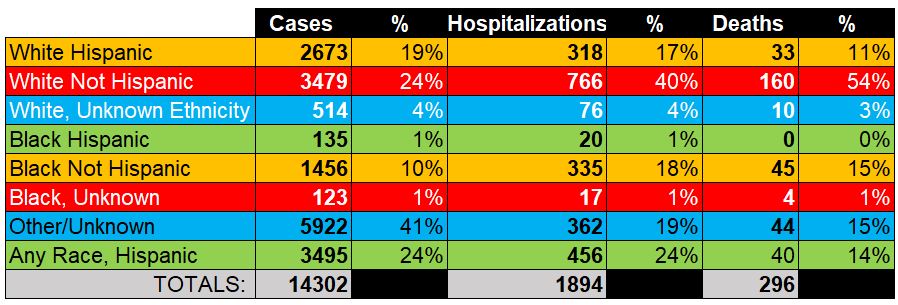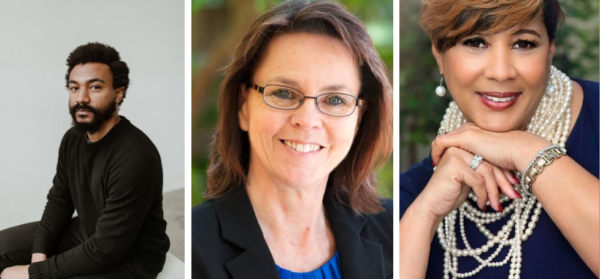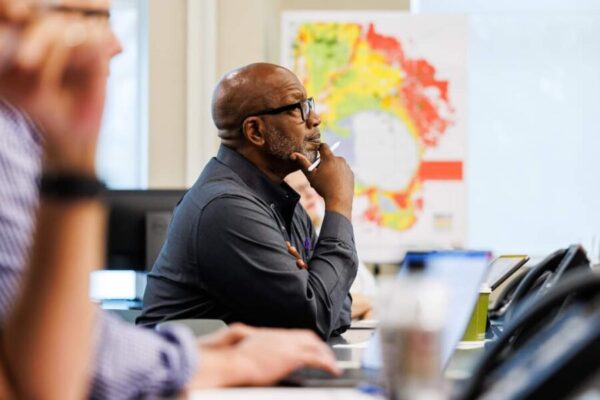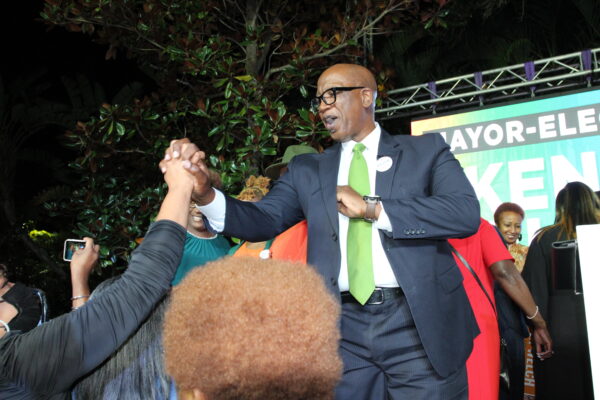News
Clear as Mud; New Race Data on Florida COVID Cases Leave Us Clueless About Impact to Black & Brown People

– Gypsy C. Gallardo for Power Broker Media Group
At the urging of black lawmakers and activists across the state, the Florida Department of Health has begun providing daily data on the racial and ethnic background of COVID-19 victims. State officials posted their first tabular summary of race data on Monday, April 6th in its detailed report.
We are grateful for the progress step, but we need FDOH to take it two steps farther.
The data do not give us a clear picture of whether black and brown people are harder hit by the pandemic. I urge activists to refrain from drawing any conclusions, based upon the figures released and to continue leaning on their legislators to get answers from state officials.
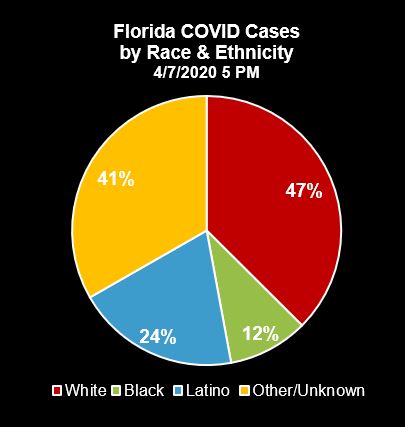 The roadblock for analysts is the huge percentage of people whose race and ethnicity is reported as “Other/Unknown” by the state. This group accounts for 41% of COVID cases in Florida as of last night, which could mask important dimensions of the crisis (see the pie chart).
The roadblock for analysts is the huge percentage of people whose race and ethnicity is reported as “Other/Unknown” by the state. This group accounts for 41% of COVID cases in Florida as of last night, which could mask important dimensions of the crisis (see the pie chart).
If those “Other/Unknown” are black and brown people, Florida could be facing the same challenges as Chicago, Detroit and Louisiana, where reports show a hugely disproportionate COVID infection rate and death toll for black people.
At first glance, the tabular summary published by FDOH (below) shows black people as 12% of cases and 16% of deaths (which is roughly proportionate to their 17% population share in Florida).
If anything white people have a serious problem. The three “white” groups combined are 47% of cases but 68% of deaths!
But none of that is reliable due to the size of the “Other/Unknown” category. The Census shows that about 5% of Floridians are “other,” i.e., not classed in the two major race groups reported by the feds (white and black). That’s tiny compared to the 41% of “Other/Unknown” COVID victims reported by the state last night (see table below).
And if it is true that people-of-color are more at risk in Florida, we need to know that URGENTLY. Because if South St. Petersburg (my home community) is any reflection of life patterns across the state, we have a serious problem.
For those unfamiliar, South St. Petersburg is a 25-square mile area that is home to about 80% of the black population of the City of St. Petersburg, Florida, which has one of the largest African American populations in the state.
Far too many African Americans in that community are ignoring social distancing rules. We see reports daily of people still attending face-to-face church services. Continuing to do “under the tree” and “back yard” barbecues. And according to several of my Facebook friends, many “in the hood” are still holding social gatherings where social distancing is ignored.
Local entrepreneur Esther Eugene attributes that to people “operating under the guise of ‘It’s a conspiracy theory’ or ‘I’m covered by the blood [of Jesus] so I can go wherever I want,’ or ‘I just don’t care’…there are still individuals that are ot taking this pandemic seriously.”
This isn’t a blanket indictment of African Americans. Most of my African American friends do appear to be following the rules. And we certainly aren’t alone in bucking Safer at Home guidelines (I’m hearing about white folks dissing social distancing too).
But what if black people ARE disproportionately at risk or more likely to die from the disease if we do get sick?
There are several indications that Florida’s black and brown communities may be suffering a brunt of the contagion. Several heavily “minority” zip codes in Hillsborough County are among the hardest hit.
Same thing in Pinellas County, where several zip codes with the largest black and brown populations have the highest COVID case counts.
But we cannot know with any certainty unless we get better data from the state.
That may be impossible, given the current frenzied workload of the public health system. The problem could lie in the testing facilities doing incomplete data collection as frontline workers are bombarded with needs.
But I urge us to keep digging for answers because again – if black and brown people have the impression that they’re immune to or less likely to contract COVID-19 – they will act like it, which is bad for us all.
To share news, views and resources with the Power Broker Media Group, email CEO Gypsy Gallardo.

